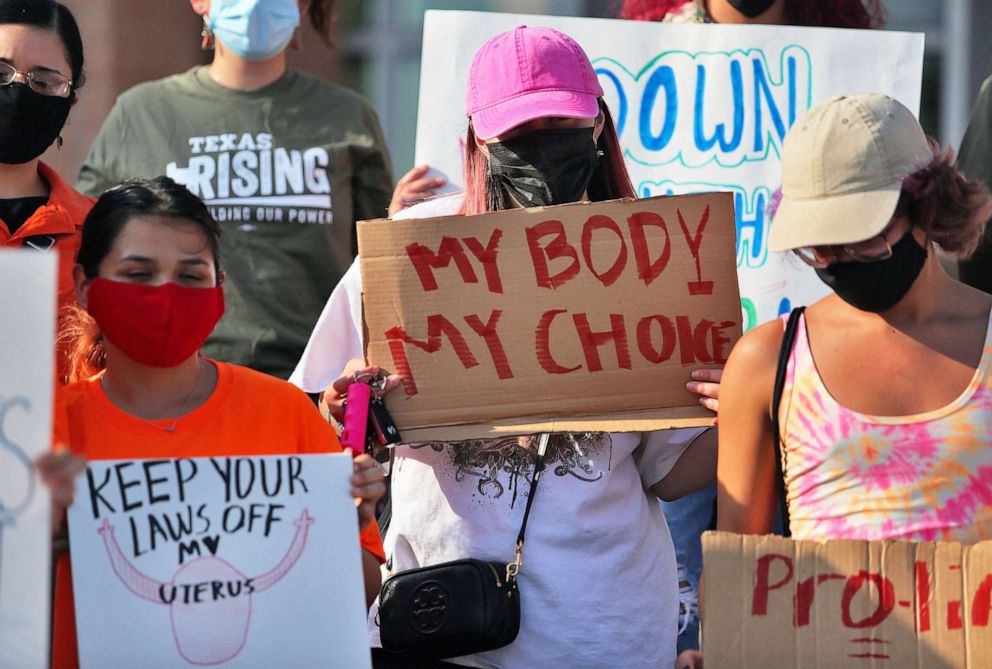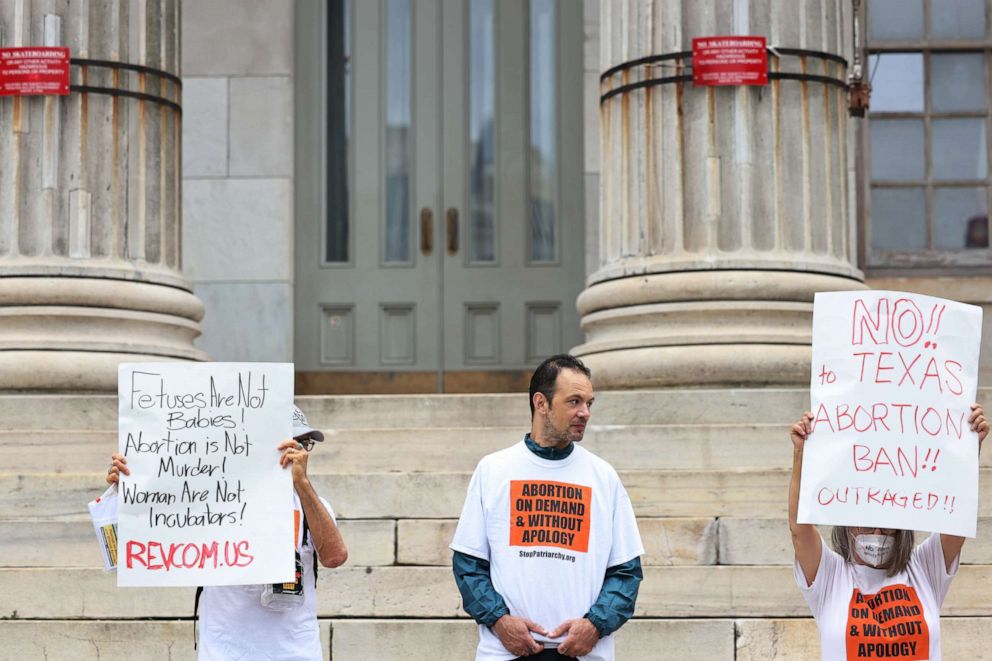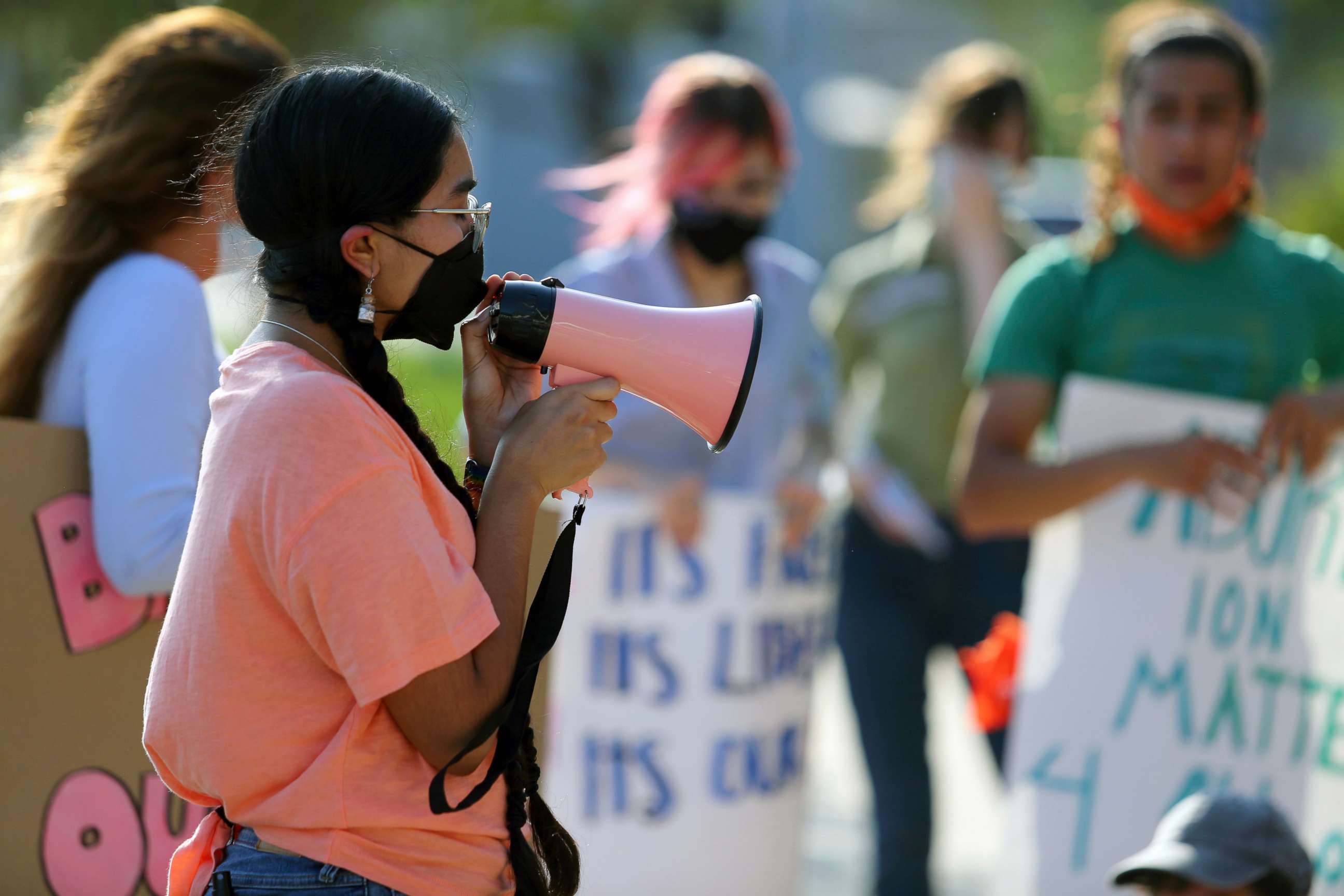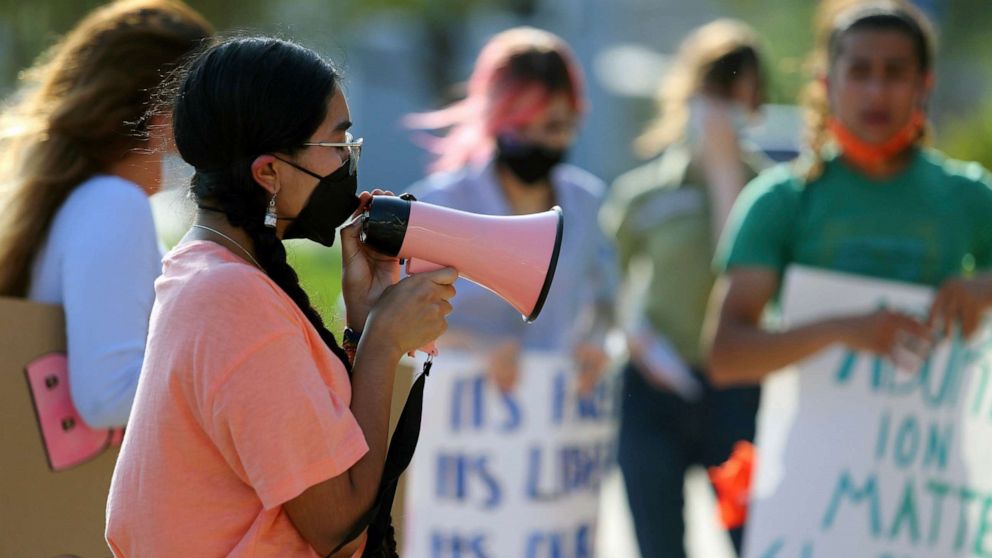How unprecedented the Texas abortion law is in scope of history
The Supreme Court issuing an unsigned order refusing to block a Texas abortion ban while it faces a legal challenge stunned many and marked a significant moment in the United States' history of reproductive rights.
The playbook for years by anti-abortion legislators was to slowly chip away at the right to an abortion via mechanisms like "targeted restrictions on abortion providers" or "TRAP" laws, while outright pre-viability bans were seen as unrealistic.
"This was really bad and really unexpected," Robin Marty, operations director at the West Alabama Women's Center and author of "New Handbook for a Post-Roe America," told ABC News. "We thought it would be slower and not nearly as, 'all right, we're done, rights are gone.'"
The Texas law bans physicians from providing abortions "if the physician detects a fetal heartbeat," including embryonic cardiac activity, which can be as early as six weeks into a pregnancy. Before Wednesday, no law was in effect that banned abortions earlier than 20 weeks of pregnancy. Many states had tried to enact early gestational bans, but they had all been blocked by courts.
That's because of clear precedent. In 1973, the Supreme Court declared abortion a protected right in Roe v. Wade. Twenty years later, in 1992's Planned Parenthood v. Casey, the Supreme Court reaffirmed "the constitutionally protected liberty of the woman to decide to have an abortion before the fetus attains viability and to obtain it without undo interference from the State."

"Viability" means a fetus can survive outside of a uterus, and that typically happens around 24 to 28 weeks. So laws that outright ban abortion before that stage have been systematically knocked down by courts.
"Every time the states have passed them, the federal courts universally blocked them," Marc Hearron, lead attorney on the Texas case and senior counsel at the Center for Reproductive Rights, told ABC News. "This is the first time that a federal court has allowed a six-week ban to take effect."
A six-week ban in Georgia, for instance, was struck down last year.
"A 'heartbeat' ban isn't even close to viability. So there's nothing about that that was even an attempt to be within the confines of the Constitution. That standing alone would make it unconstitutional," Kimberly Mutcherson, co-dean and law professor at Rutgers Law School, told ABC News about the Texas law.

Before the Georgia law was struck down, it was blocked from going into effect while courts heard the challenge. That is how these cases usually go and was what the Center for Reproductive Rights was asking for from the Supreme Court.
"The thing that the federal court should do when a law is going to pose grave harm is preserve the status quo while if there are difficult issues, you can litigate those difficult issues," Hearron said.
This was something Chief Justice John Roberts called for in his own dissent, writing: "I would grant preliminary relief to preserve the status quo ante — before the law went into effect — so that the courts may consider whether a state can avoid responsibility for its laws in such a manner."
The Texas law is different from previous bans in that it prohibits the state from enforcing the ban, instead authorizing private citizens to bring civil suits against anyone who "aids or abets" an abortion.
With that, Mutcherson said, "they created this sort of confusion and this hook that the Supreme Court was able to use in order to say, 'We're not going to stay the law, we're going to allow it to go into effect, and then we'll see what happens.'"
Marty believes one thing that will happen is "people are going to have to decide for themselves whether this is a just law that needs to be followed or not, and what sort of risks they're willing to take in order to essentially bring it down."

What's also different now is the makeup of the Supreme Court since President Donald Trump's appointments and the death of Justice Ruth Bader Ginsburg. To Mutcherson, this was a sign of "raw politics coming out of the Supreme Court," and many saw this as the result of years of increasingly bold state laws being proposed by lawmakers emboldened by the new conservative majority and a slate of federal appellate judges appointed by Trump.
It is important to note that the Supreme Court's order stated it "is not based on any conclusion about the constitutionality of Texas' law." Rather, the order not to issue an injunction was on technical grounds, and the legal challenge against the law is ongoing.
"The law remains that these bans are unconstitutional. Unfortunately, the Supreme Court let one take effect anyway," Hearron said.
This order also in no way overturned Roe.
"Where we stand right now is that Texas has a law on the books that is completely unconstitutional under the precedent of Roe and Casey, but that law has not yet been enjoined or officially declared unconstitutional by any court," Mutcherson said, adding, "The right to abortion continues to exist and continues to be protected by Roe and by Casey."
And in the meantime, Mutcherson said, "The women who are going to suffer are women of color, poor women, young women, women who are undocumented -- those are the folks that these kinds of laws really strike at."




